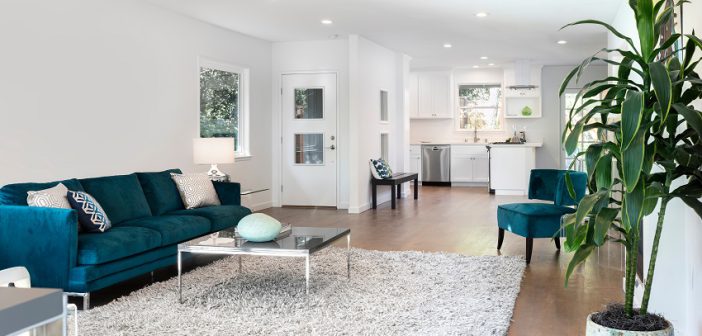A designer sofa is more than just a piece of furniture—it’s the centerpiece of your living space, combining comfort, style, and functionality. Choosing the perfect designer sofa requires careful consideration of various factors, from size and material to aesthetics and durability. Whether you’re revamping your home or looking for a statement piece, this guide will help you make the right choice.
1. Determine Your Space and Layout
Before selecting a designer sofa, assess the size and layout of your living room. Measure the available space to ensure the sofa fits comfortably without overcrowding the room. Consider:
- Room dimensions: Ensure the sofa complements the proportions of your space.
- Traffic flow: Leave enough room for movement around the furniture.
- Placement: Decide whether the sofa will be against a wall, in the center of the room, or part of a sectional arrangement.
2. Choose the Right Sofa Style
Designer sofas come in various styles, from contemporary and minimalist to classic and vintage. Choose a style that complements your existing decor or serves as a bold statement piece. Popular styles include:
- Modern sofas: Sleek lines, neutral colors, and minimalist designs.
- Chesterfield sofas: Deep button tufting, rolled arms, and luxurious appeal.
- Mid-century modern: Clean lines, wooden legs, and a timeless aesthetic.
- Sectional sofas: Versatile, modular designs perfect for larger spaces.
3. Select High-Quality Materials
The material of your sofa affects its durability, comfort, and maintenance. Consider the following options:
- Leather: Elegant, durable, and easy to clean, but requires regular care.
- Fabric: Soft and available in various textures and colors, but may need stain protection.
- Velvet: Luxurious and stylish, though prone to dust and wear over time.
- Microfiber: Stain-resistant and low-maintenance, ideal for families with kids and pets.
4. Prioritize Comfort and Functionality
A designer sofa should not only look good but also provide superior comfort. Key factors to consider:
- Cushion filling: Down-filled cushions offer plush comfort, while foam provides firm support.
- Seat depth and height: Choose a sofa with the right depth and height for your body and preferred seating posture.
- Additional features: Consider reclining options, adjustable headrests, or built-in storage.
5. Pick the Right Color and Pattern
The color of your sofa should complement your existing decor. Neutral tones like gray, beige, and white offer versatility, while bold colors or patterns can add personality and drama to your space. Keep in mind:
- Lighter shades make a room feel spacious but may require more maintenance.
- Darker hues are practical for high-traffic areas and families.
- Patterned fabrics can conceal stains and add a unique design element.
6. Consider Durability and Maintenance
Investing in a high-quality designer sofa means looking for durable construction and easy maintenance. Factors to check:
- Frame quality: Opt for solid wood or metal frames for longevity.
- Joinery: Look for sturdy, reinforced joints instead of glued or stapled frames.
- Removable covers: Sofas with washable covers are convenient for easy cleaning.
7. Budget Wisely
Designer sofas come at various price points, so set a budget that balances quality and affordability. While premium materials and craftsmanship may cost more, they offer longevity and timeless appeal.
Selecting the perfect designer sofa involves a combination of aesthetics, comfort, and practicality. By considering your space, style, material, and functionality, you can invest in a piece that enhances your living area while offering long-lasting comfort. Take your time exploring options and choose a sofa that reflects your personality and lifestyle.


